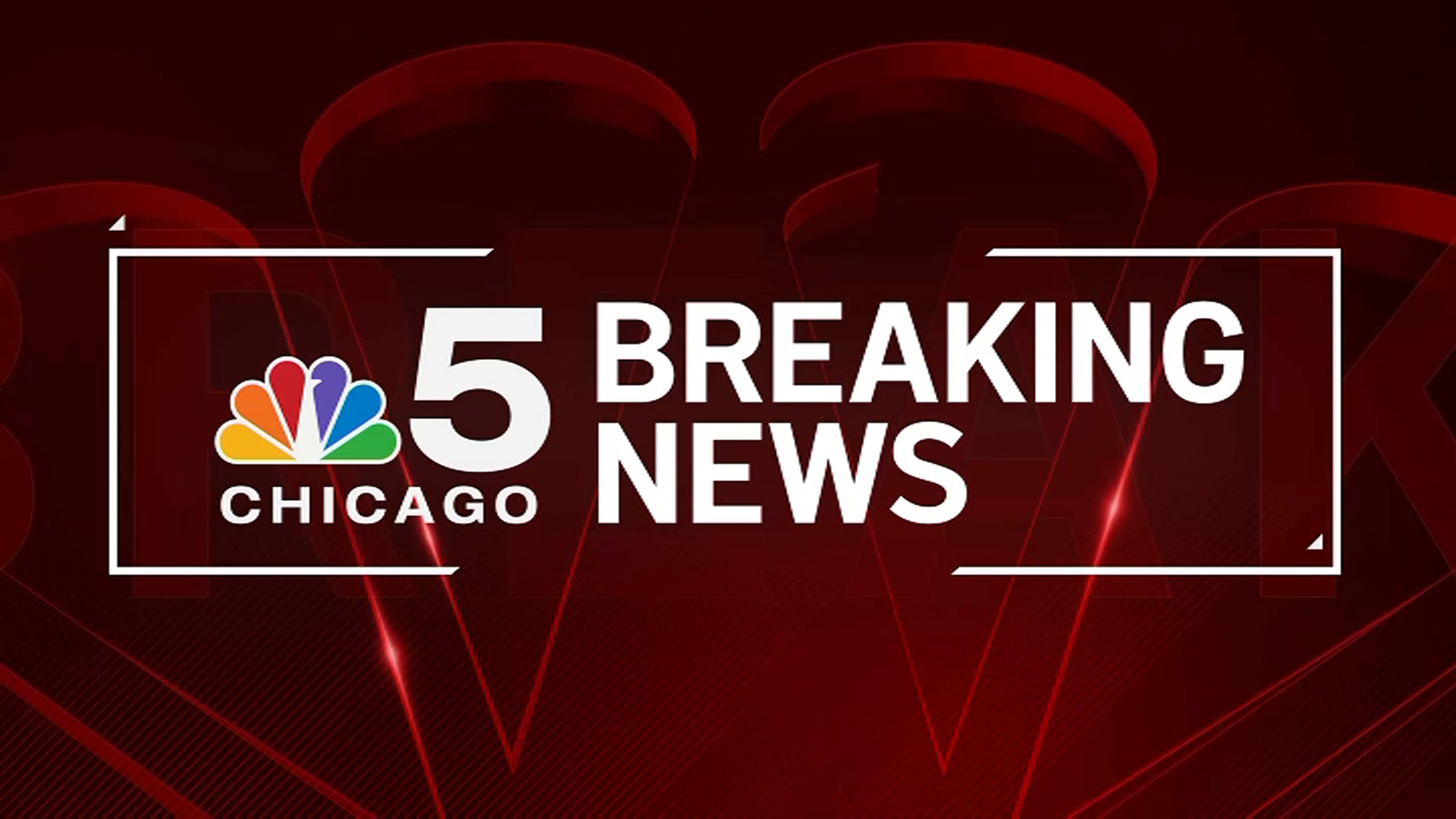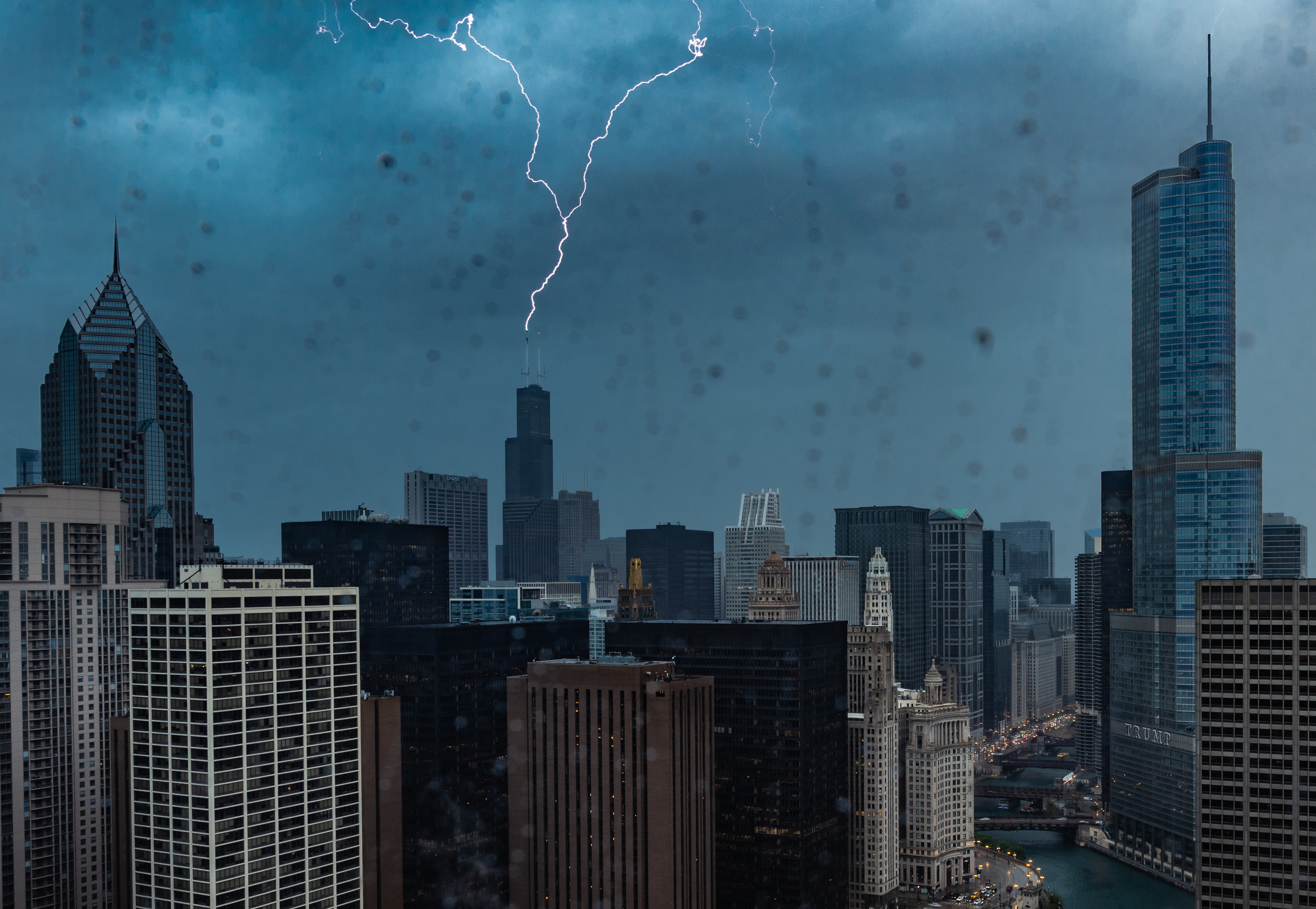In January, President Donald Trump tweeted that he’d “send in the Feds!” to Chicago, citing the city’s miserable statistics on shootings.
[[411715926, C]]
Well, his administration did just that.
On Thursday, authorities confirmed that about 20 additional agents with the U.S. Bureau of Alcohol, Tobacco, Firearms and Explosives have been sent to Chicago to combat gun violence here, the Chicago Sun-Times is reporting.
We need a plan, not a threat. We need jobs, not jails. #Chicago
— Rev Jesse Jackson Sr (@RevJJackson) January 25, 2017
The ATF agents are working with about 20 counterparts from the Chicago Police Department and Illinois State Police on a strike force whose mission is to solve shootings and hunt down gun traffickers through ballistic technology.
Prosecutors from the U.S. attorney’s office and Cook County state’s attorney’s office have been assigned to the force to decide whether suspects in gun crimes should be charged in state or federal court.
[[431431973, C]]
Local
“The goal is the prosecute as many of these guys as possible federally where they will serve longer prison terms,” said Anthony Riccio, head of the Chicago Police Department’s organized crime unit.
The strike force is operating on intelligence gathered from the National Integrated Ballistics Information Network, ATF’s digital catalogue of the unique marks created when bullets are fired — like fingerprints for guns.
Last year, the Chicago Police Department submitted information about 11,000 bullets and shell casings to the NIBIN system — about as many entries as Los Angeles and New York made combined.
The information in the database is compared with bullets and shell casings recovered at crime scenes — as well as bullets test fired from guns used in crimes. Last year, the Chicago Police Department obtained about 1,500 “hits” linking guns to multiple crimes through NIBIN.
The new strike force, with the aid of a specially equipped mobile van that can quickly process bullets and shell casings, is using such hits to build cases against shooters and gun dealers.
“We’ve been doing this all along but now it’s being amped up,” said Dave Coulson, a spokesman for ATF in Chicago. “It’s a more concerted effort.”
Riccio said the strike force, which officially began on June 1, has developed a “bunch of leads” so far.
One 9mm gun has been linked to 28 shootings, including several murders, on the West Side, Riccio said.
The strike force has also linked 14 different assault rifles to a spate of gang-related shootings on the Southwest Side, Riccio said.
Coulson said the strike force is different than previous “surges” in which ATF agents were sent to Chicago for months-long missions and then went home after a major prosecution was unveiled.
“It’s long term,” he said. “They’re here permanently. It’s not a flash-in-the-pan concept where they come here for a year and leave.”
About 20 ATF officials have joined about 35 to 40 ATF agents who already were working in Chicago.
The strike force was envisioned in November when President Barack Obama was in office, Coulson said.
“We were talking about what we could do differently in Chicago,” he said.
In March, police Supt. Eddie Johnson traveled to Washington and met with Attorney General Jeff Sessions, who committed to the idea of forming the strike force, according to Anthony Guglielmi, the chief spokesman for the police department.
Deputy Attorney General Rod Rosenstein “was instrumental in getting this moving along,” Guglielmi said, adding that Celinez Nunez, the head of the ATF in Chicago, quickly put the strike force together.
It has a big job ahead: The pace of murders in 2017 has continued unabated from last year, which ended with about 760 killings and was the deadliest year in the city in two decades. There were 320 murders in Chicago through Thursday, compared with 322 over the same period of 2016, according to the police department.
Nevertheless, police officials say another new strategy seems to be turning the tide on shootings in several high-crime districts.
Intelligence centers manned with cops and civilian analysts from the University of Chicago Crime Lab have been installed in six of the city’s 23 police districts. The centers use gunshot sensor technology, video feeds and street intelligence to direct cops to the hottest areas. In the Englewood and Harrison districts, where the centers were first launched early this year, murders and shootings are down significantly, officials say.



